How HARD is U.S. Army Ranger School?

Ranger school is one of the toughest courses a service member can find themselves in. Members from all branches go out of their way to get a coveted spot at Ranger school to learn how to be better leaders and warriors. Since its inception in 1950, little has changed at Ranger School. This course is so tough, that historically, 1 out of every 2 people finish training. With that said, what do you have to go through to earn that Ranger Tab?
TABLE OF CONTENTS
U.S. ARMY RANGER SCHOOL: OVERVIEW
U.S. ARMY RANGER SCHOOL: BENNING PHASE
U.S. ARMY RANGER SCHOOL: MOUNTAIN PHASE
U.S. ARMY RANGER SCHOOL: SWAMP PHASE
U.S. ARMY RANGER SCHOOL: CONCLUSION
U.S. ARMY RANGER SCHOOL: OVERVIEW

Ranger School is a 61 day course that is divided into three phases: Benning Phase, Mountain Phase, and Swamp Phase. Each of these phases is conducted at different locations, and has different focuses. The Benning Phase occurs in and around Camp Rogers and Camp Darby at Fort Benning, Georgia. Mountain Phase is conducted at Camp Merrill, in the remote mountains near Dahlonega, Georgia, and Swamp Phase is conducted in the coastal swamps at various locations near Eglin Air Force Base, Florida.
Before we get into each of the phases, let’s clear the air for a second. Just because you complete Ranger school does NOT mean you are a U.S. Army Ranger. You just have the Ranger tab. While that is something to be proud of, and a great accomplishment, it’s different from being a member of the 75th Ranger Regiment. Army Rangers go through RASP, earn the Ranger scroll, and then later complete Ranger school as well.
U.S. ARMY RANGER SCHOOL: BENNING PHASE

Benning Phase is the "crawl" phase of Ranger School, where students learn the fundamentals of squad-level mission planning, aim to assess a soldier's physical stamina, mental toughness, and establish the tactical fundamentals required for follow-on phases of Ranger School.
It kicks off with the first part of the phase, Ranger Assessment Phase, or RAP for short. RAP is responsible for about 60% of those who fail out of Ranger school. Right off the bat, you’ll have to pass the Ranger physical assessment, known as the RPA, which is 49 pushups, 59 situps, a 5 mile run in 40 minutes or less, and six chinups.
After the RPA, the fun has only begun. You’ll roll right into the Combat Water Survival Assessment, land navigation, a 2.1 mile buddy run, the Malvesti Field Obstacle Course, demolitions training, airborne refresher training, and if you’re still there at the end of RAP, a 12 mile ruck march in full gear. If you don’t finish this in under 3 hours, you’ll be dropped right then and there.
If you make it through RAP, you’ll go to the second part of the Benning Phase at Camp Darby, which is called Squad Combat Operations. This part begins with fast paced instruction on troop leading procedures, principles of patrolling, demolitions, field craft, and basic battle drills focused on squad ambush and reconnaissance missions. Before you begin practical application of what you have learned, you’ll negotiate the Darby Queen Obstacle Course, consisting of 20 obstacles stretched over one mile of uneven hilly terrain.
Upon completion of the Darby Queen, you’ll conduct three days of non-graded, squad-level patrols, one of which is entirely cadre led. After the last non-graded patrol day, you’ll conduct two days of graded patrols, one airborne operation, and four more days of graded patrols before moving on to the mountain phase of Ranger School. In order to move forward, each student must demonstrate their ability to plan, prepare, resource, and execute a combat patrol as a squad leader or team leader.
U.S. ARMY RANGER SCHOOL: MOUNTAIN PHASE

Next up is the Mountain Phase. In this phase, you’ll receive instruction on military mountaineering tasks and mobility training, as well as techniques for employing a platoon for continuous combat patrol operations in a mountainous environment. You’ll further develop your ability to command and control platoon-size patrols through planning, preparing, and executing a variety of combat patrol missions. The rugged terrain, severe weather, hunger, mental and physical fatigue, and emotional stress that you’ll encounter will give you the opportunity to gauge your own capabilities and limitations as well as those of your peers.
For the first two days of the phase, you’ll learn about knots, beats, anchor points, rope management, and the basics of climbing and rappelling. Then you’ll conduct a two day exercise at Yonah Mountain. After that, you'll receive training in combat techniques. You’ll get classes on movement to contact, patrol base, troop leading procedures, and operations orders. To finish out the phase, you’ll perform several days of both daytime and nighttime combat patrols. These missions will range from movements to contact, vehicle and personnel ambushes, and raids on comms and mortar sites. During all of this, you’ll be going through rugged terrain, scaling mountains, and crossing rivers. During all of this, you’ll be tired, hungry, and mentally drained. That’s another thing Ranger School is known for, the lack of food. You’ll definitely go through periods of being hungry, and will most definitely lose weight while you’re here.
U.S. ARMY RANGER SCHOOL: SWAMP PHASE

This phase focuses on the continued development of combat arms functional skills. You’ll receive instruction on waterborne operations, small boat movements, and stream crossings upon arrival. You’ll execute practical exercises in extended platoon-level operations executed in a coastal swamp environment to test your ability to operate effectively under conditions of extreme mental and physical stress. You’ll also receive the skills needed to survive in a rainforest and swamp environment, and there are specially trained reptile experts who teach you not to fear the wildlife you’ll encounter out there.
And to finish it off, you’ll conduct ten days of more patrols in two field training exercises. These are fast paced, highly stressful, and challenging exercises in which you’ll be evaluated on your ability to apply small-unit tactics and techniques.
After all of that, you’ll finally earn your Ranger tab. Just know that you’ll have to go through this course with good peer evals, as they can be a reason for you to be dropped from training. This further ensures you know how to be an effective leader if you make it through this course.
U.S. ARMY RANGER SCHOOL: CONCLUSION

So, you just learned what everyone who has received the Ranger Tab had to go through. Do you have what it takes?
We just explained about the Ranger Tab, but there’s the U.S. Army Rangers too! Want to learn more about them? We got you! Check out our blog post on the U.S. Army Rangers.
If you want to learn more about the military, law enforcement, or government entities, we have a YouTube channel dedicated to providing the best info out there, plus we have a growing list of blog posts as well. Click the links to take you to them!
General Discharge is a veteran-owned, veteran-operated organization that is dedicated to providing the best U.S. Military and Law Enforcement information. With over 250 YouTube videos, over 45 million views, and hundreds of thousands of followers, we have contributed to the success and knowledge of both the current and future generations of service members.
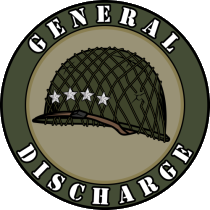
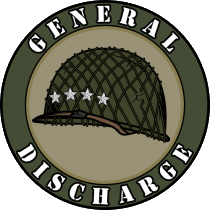
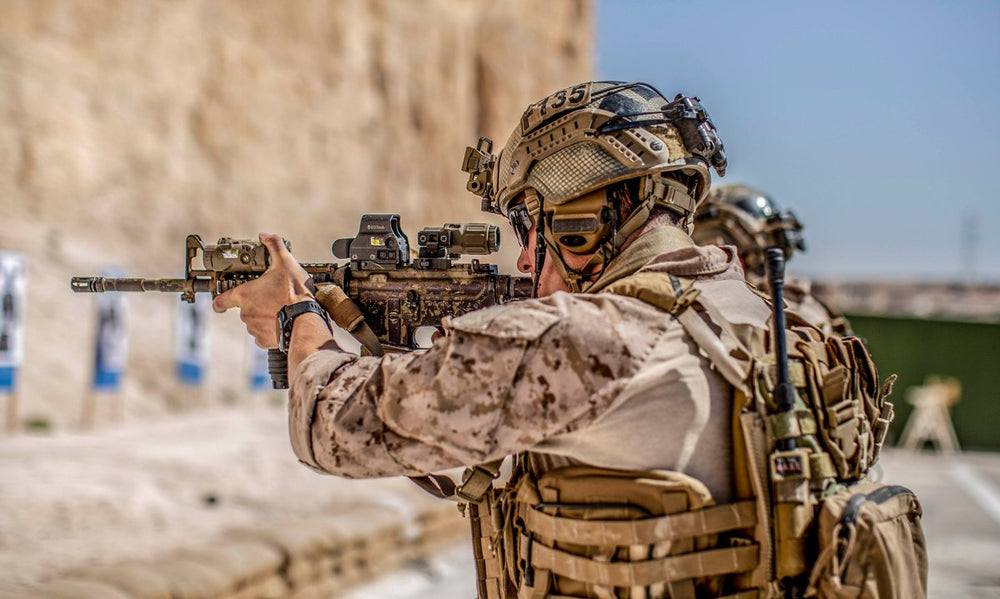
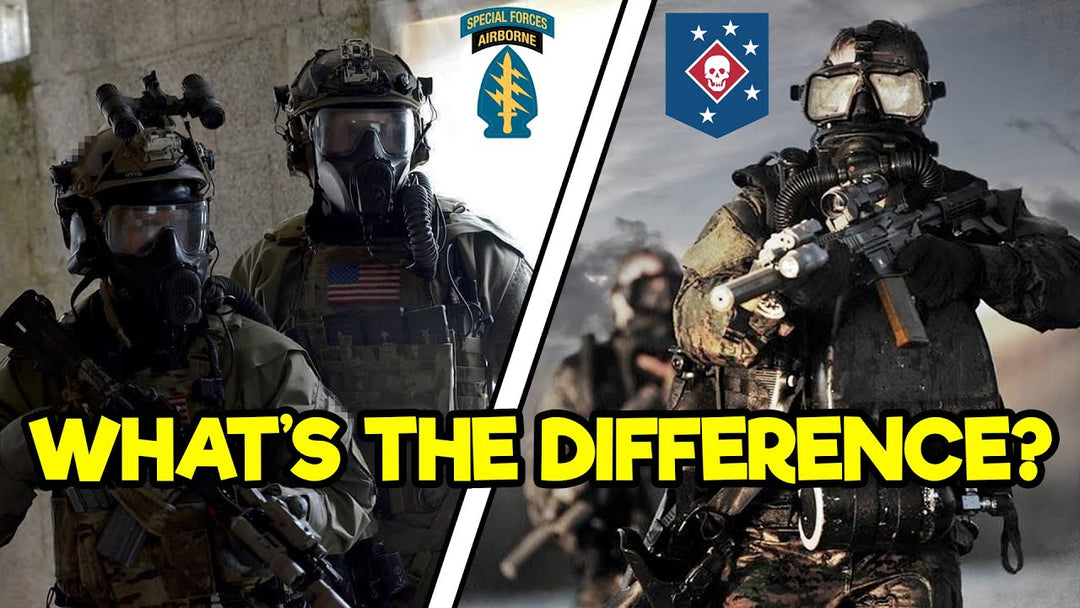
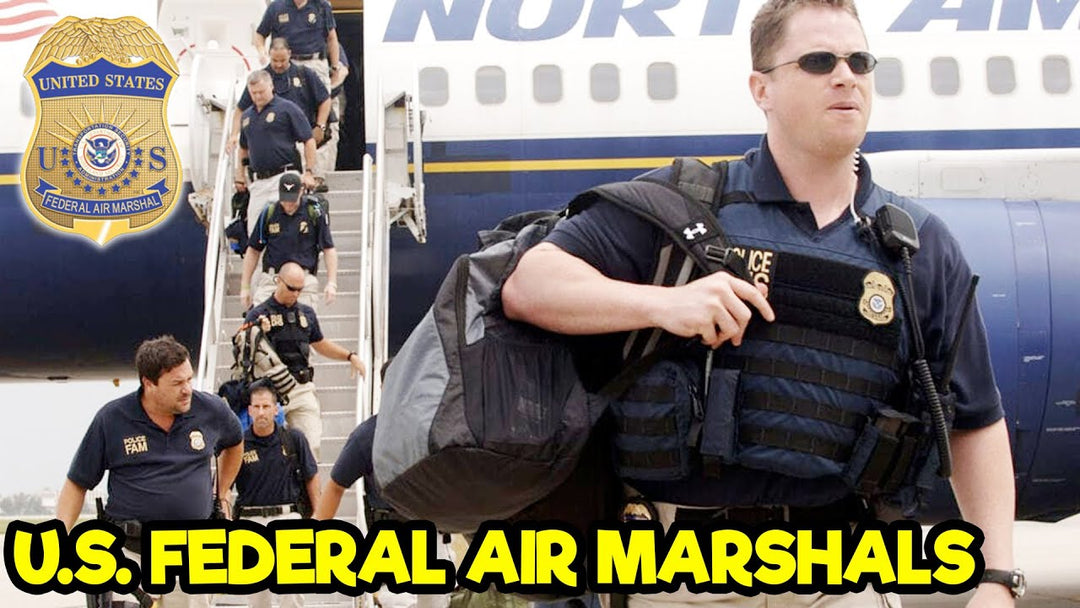

Leave a comment